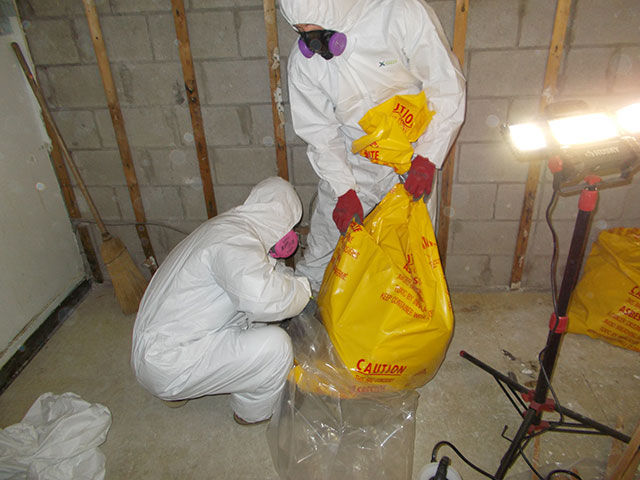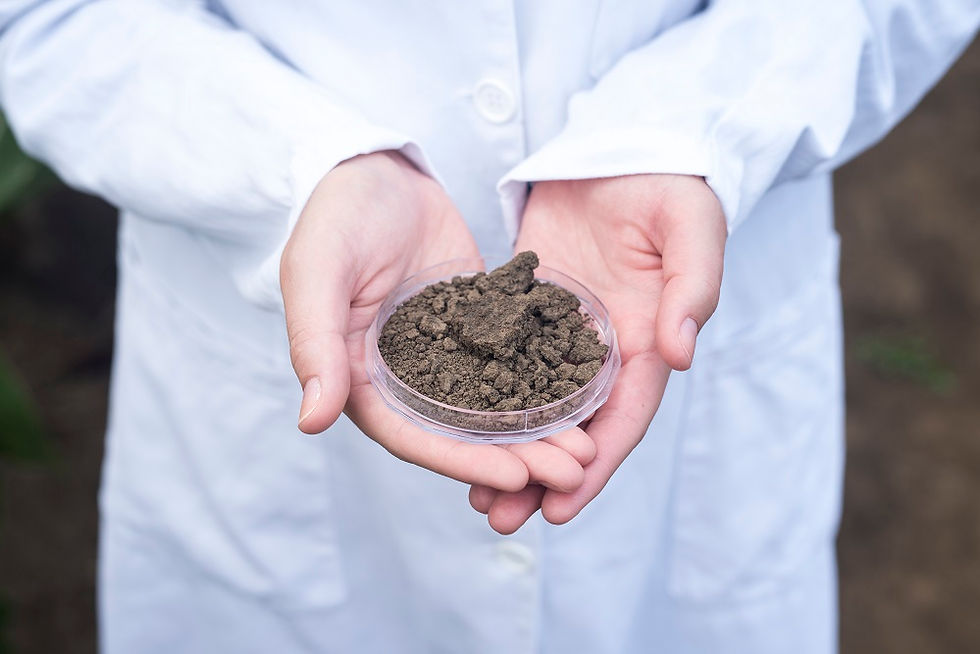Special Precautions and Safe Practices for Asbestos Removal
- ameliya lanne
- Mar 26, 2020
- 3 min read
Updated: Dec 5, 2025

There are different ways that you can follow for asbestos removal. However, it is essential to make sure that whichever way you follow is safe and carried after taking adequate safety precautions.
Safe Practices for Asbestos Removal
Wet cleaning is one important practice that should be undertaken at the start of the work. This involves wet cleaning or wiping for picking up the asbestos fibres using wet mops, rags or cloths. These should be discarded properly while these are still wet to prevent the collected fibres from being released in the air when dry and disturbed. Dusting or dry sweeping is not recommended because it will result in resuspending the asbestos fibres in the air.
Using special vacuum cleaners can be used in specific conditions in place of wet cleaning. These vacuum cleaners are called High Efficiency Particulate Air or HEPA vacuums. These cleaners come with special filters designed to remove the small particles or fibres of asbestos. This prevents these particles from floating in the air while passing through the vacuum. Ordinary vacuum cleaners are norecommended because the exhaust air from it is not filtered properly andtherefore it can bereleased back into the air.
If carpets are contaminated with asbestos fibres, steam cleaning is the best process to follow for asbestos removal wearing proper respiratory protection and cleaning it after normal working hours.
Important precautions to take
In order to reduce the risks in asbestos removal there are a few important precautions to take before, during and after the process.
Before you start to work make sure that you:
Clear the area
Cover everything that cannot be removed
Cover walls and floors
Isolate the area
Post signs of warning.
During the process make sure that you:
Wear proper protective clothing
Wear a respirator
Wear disposable coverall
Wear disposable rubber gloves
Wear rubber boots and
Wear protective eye goggles.
Make sure that you wear all these throughout the working process. Also make sure that no other person is allowed into the contaminated area. To reduce creation of dust and spreading you should wet the material with water, when possible. Be careful that you do not break the sheets or components. Try to remove it whole, if possible. Always keep an adequate supply of waste bags handy that are approved for asbestos removal.
After the process you should
Remove all protective clothing and gear inside the air lock to prevent asbestos fibres from spreading.
While removing, place the removed materials in in the disposal bags.
Clean the surface with wet cloth or vacuum cleaner.
Roll the covers carefully and wipe the tools clean.
Shower thoroughly and was your hands and face.
While disposing, carry the materials in a covered truck and dispose them only in approved landfills.

Good practices to follow
As for the safe and good practices to follow during and after asbestos removal include:
Not eating, drinking, chewing or smoking in the work area.
Wet wiping the drop sheets and barriers used during the work or cleaning with a HEPA-filtered vacuum.
Not reusing the drop cloths, barriers and enclosures.
Not using compressed air to remove dust.
Cleaning the area frequently during the work and immediately after completion.
According to the law of certain jurisdictions, the workers for asbestos removal should be provided with a double locker facility with showers in between them. Asbestos contaminated clothes must be removed in one locker and the second to store the street clothes.
Spreading of asbestos dust is critically important. It is only the good practices that will ensure that contamination is controlled and people are saved from any asbestos related health issues.



















Comments